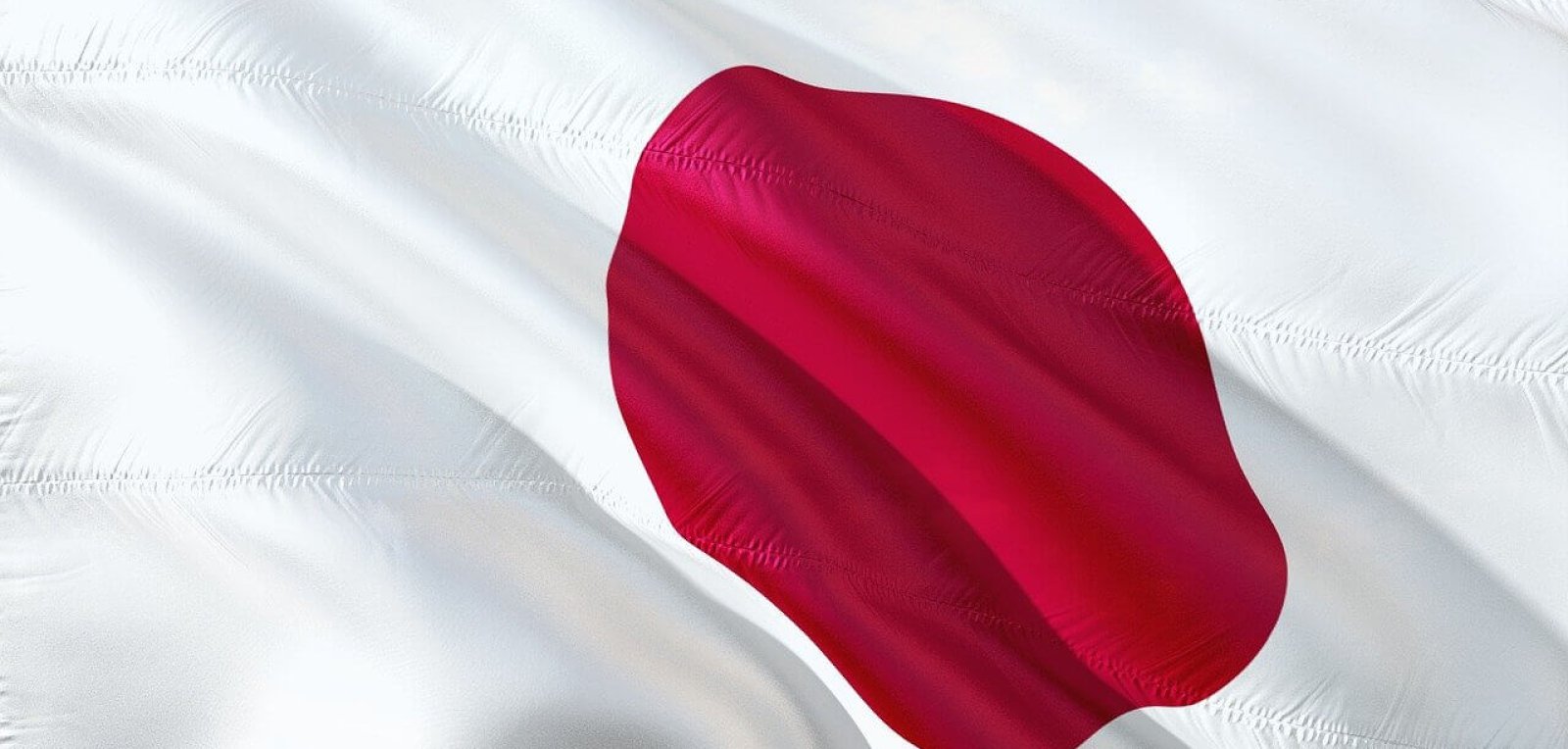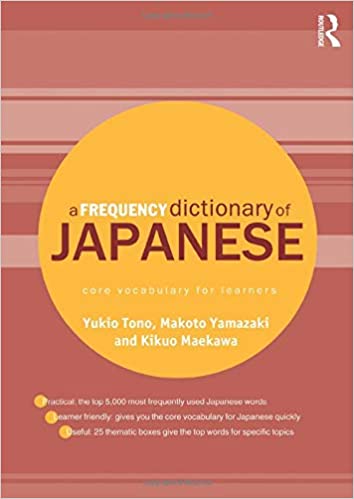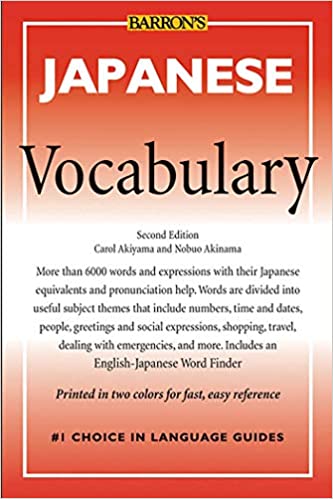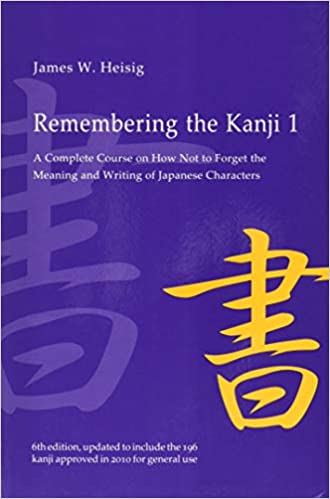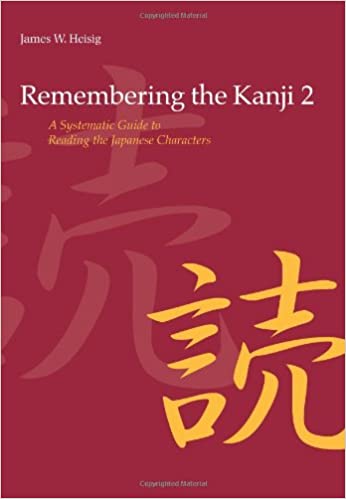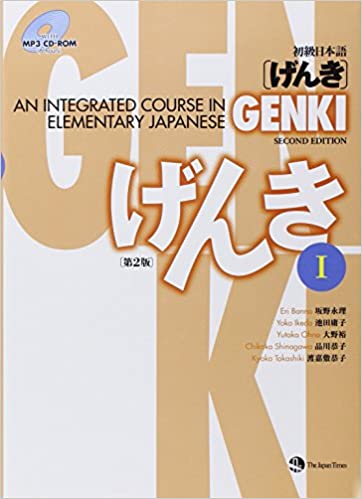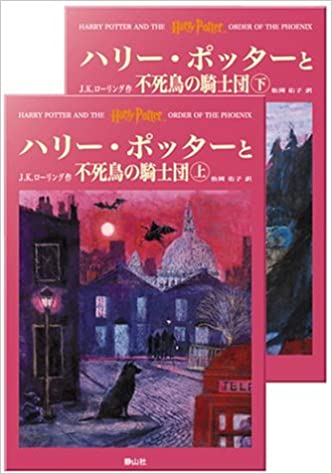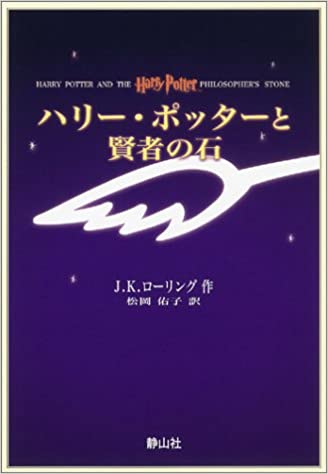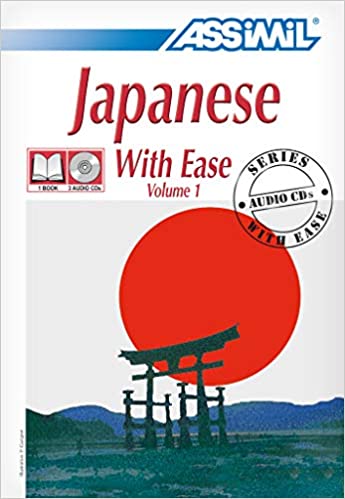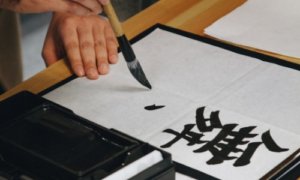If you’re after the best way to learn Japanese, you’re going to need to learn correct pronunciation, a frequency dictionary to form your base vocabulary, and a good grammar book. You’ll also benefit from a thematic vocabulary book for specialized vocabulary, and maybe a book or two, once you learn your first 1,000 words. Make sure you read our Method articles for top advice and tips, then check out some of these recommended resources (pictures are links).
Learn Japanese with these resources
1. Pronunciation and the Kana (phonetic alphabets/syllabaries)
Note: As a faster (and more effective) alternative to the following pronunciation resources, check out my Kickstarter project. It will make the first steps of Japanese much easier for you because it takes advantage of how your brain works (and how to re-wire it) in a way that traditional tools just can’t.
First off, get a feel for how pronunciation works in English. The video tutorials here should help. Once you understand that, start working on Japanese.
The book Pronounce It Perfectly in Japanese is excellent, but it has not yet been updated to include CDs (it uses tapes). If you don’t have a tape player, then you’ll need to use internet resources and listen to your Genki CDs (below) very carefully. Your goal is to be able to say all of the sounds of the Kana accurately, and to be able to go from sounds to characters and back easily.
There are also some Anki flashcards for Japanese to improve your pronunciation, such as the Japanese Hiragana Alphabet, Japanese Katakana Alphabet, Japanese IPA Pronunciation, and other useful goodies.
Read Wikipedia’s Japanese Phonology page, Wikipedia’s Japanese Pronunciation Guide, and ThoughtCo.’s guide with recordings.
2. Your base vocabulary
I’ve made a base vocabulary list to start you off! As I talk about in that article, I find it easiest to translate those words using the short dictionaries at the end of a Lonely Planet phrasebook: they’re cheap, short, and they give you good, standard translations for your words (just ignore the ridiculous pronunciation guides). Later, when you’re ready for sentences, you can go back to your phrasebook and grab some. After that, try some of these resources:
The Routledge Frequency Dictionaries series is excellent, with example uses and everything. Get this at the beginning to direct your vocabulary work!
Barron’s vocabulary books are a wonderful set of books that contain core vocab for just about any field/topic you can think of. They’re great for adding to your vocab once you get your first 1,000 or 2,000 words from a frequency list.
Japanese has three alphabets, two of which – Hiragana and Katakana – are more or less traditional, phonetic alphabets (letters correspond to sounds [syllables, actually]). The other, Kanji, is meaning-based (letters correspond to words) and stems from Traditional Chinese. I wrote a blog post about some of the special difficulties you’ll encounter here.
Learning Kanji is a skill somewhat separate from the rest of Japanese (you can speak fluent Japanese and still be illiterate in Kanji), and there are a series of pretty well-renowned books designed exclusively to help you memorize these three alphabets. Remembering the Kanji (Volumes 1 & 2) and Remembering the Kana (The first two alphabets) by James W. Heisig break the characters down into their component parts and provide mnemonics for remembering them.
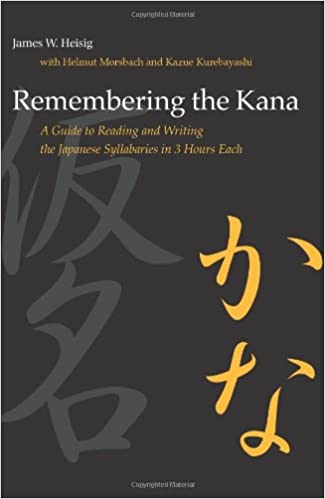
You can also access Japanese vocabulary Anki decks to boost up your Japanese vocab. These include decks for the Japanese alphabets such as Japanese Hiragana Flashcards, Japanese Katakana Flashcards, Japanese Top Vocab Words, and many more.
3. Grammar book
People simply rave about the Genki series. These are the beginner books (Textbook and Workbook) and come with CDs. Try to get the textbook used (make sure the CD comes with it!) and be careful that your workbook is actually empty if you get it used!
4. Book-type book
You can read anything that you enjoy. I’m a big fan of the Harry Potter series in translation, especially if you can find an audiobook version to listen to at the same time as reading. For some reason, The Order of the Phoenix (Book 5 in the series) is much cheaper than the first book, so I’ve linked both.
5. Audiobook
If you’re looking for Japanese audiobooks, you may find some possibilities over here.
6. Other resources
This site has one-minute news segments for children with audio, video, and text, based on real stories.
To learn to type in Japanese, check out the tutorial at Japanese for your Mac or at Coscom (for PCs).
If you have more questions about Anki and learning Japanese, the Anki language learners’ community on Reddit. You can even check out this Anki language learning blog for other Anki tips and tricks for learning Japanese.
Tae Kim has a pretty extensive guide to learning Japanese.
Assimil
The Assimil series is a sort of special language-learning resource that I discuss in a blog post here. It doesn’t quite fit into any of the categories above, and I think it works best as a sort of supplemental source of Japanese input. Here’s the beginner Japanese version with CDs. The Japanese edition uses both Japanese characters and Romanji (a transliteration). Just ignore the Romanji.
Dictionarist
Dictionarist provides translations, example sentences, conjugations, and synonyms for a number of languages including Japanese.
Japanese proficiency tests
If you’d like to get certified in Japanese, click here to find information about taking the Japanese-Language Proficiency Test (JLPT).
Update, 2-2-16: My Anki card models for Japanese (and the ones I’d use for Chinese) have been evolving over the past year. I’ve been posting new versions in a number of blog updates, but I figured it’d be good to combine everything into one deck. The minimal pairs, spelling cards, and basic mnemonic cards are the same as my normal model deck, but I’ve added Mnemonics for Radicals (explained here – and you might want to switch up the pictures and mnemonics if you’re learning Chinese, rather than Japanese); an extra type of mnemonic card that better supports mnemonics for Kanji/Hanzi characters; and last, an All-Purpose Japanese/Chinese card that you can use for picture words and sentences alike (explained here).
7. Try the Fluent Forever app
By the way, did you know the book is now an app? You can check out the Fluent Forever app right here to boost your Japanese language learning progress.
Discover our immersive method rooted in neuroscience, designed to take you to fluency in < 30 minutes a day through four steps:
- Train your ears with pronunciation lessons
- Learn vocabulary through images instead of translations
- Learn grammar naturally through stories relevant to you
- Practice your speech to fluency with native tutors
Ready to start your journey to Japanese fluency? Download our Fluent Forever app right now!

